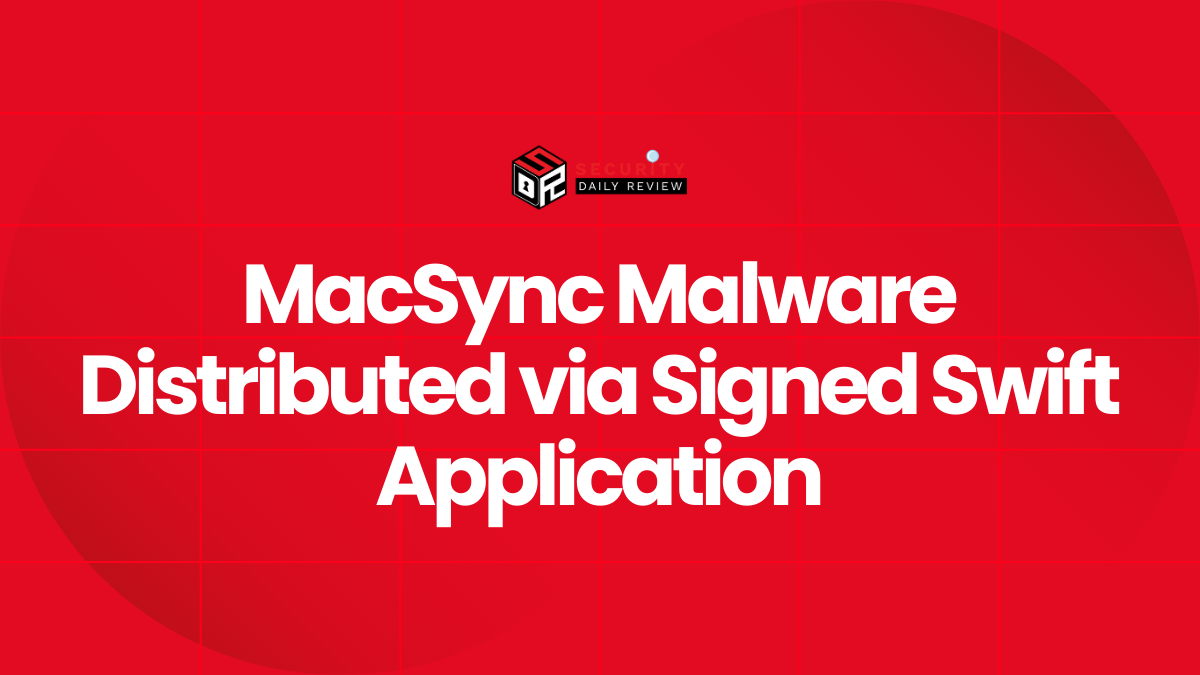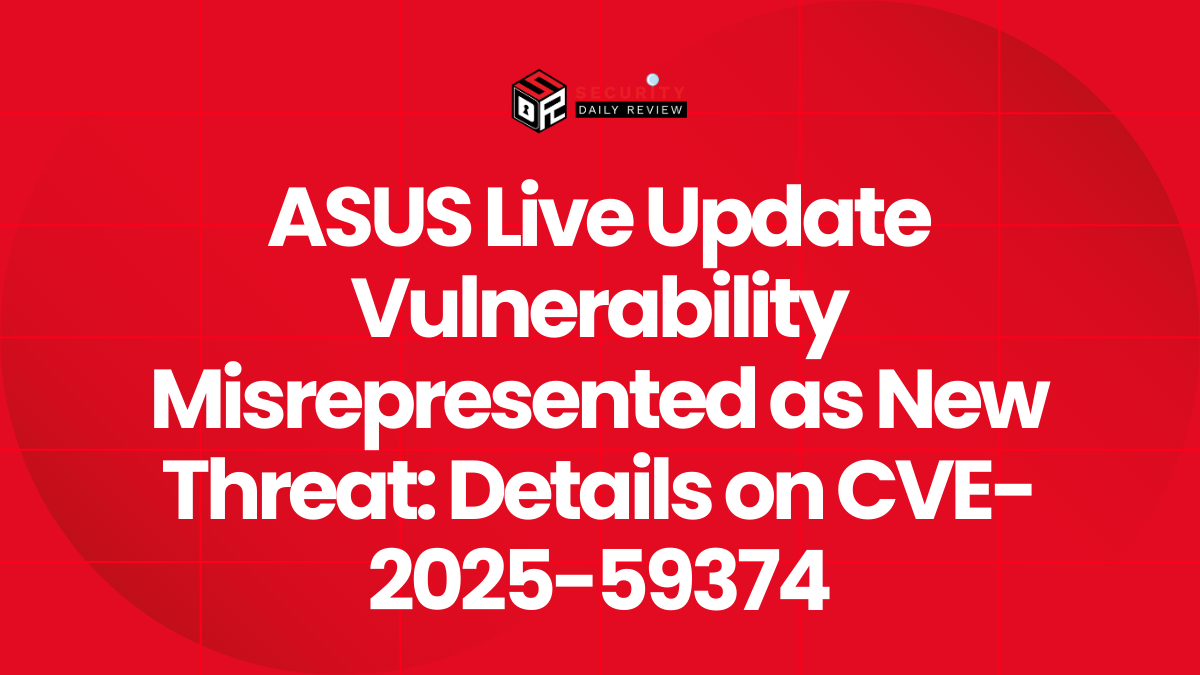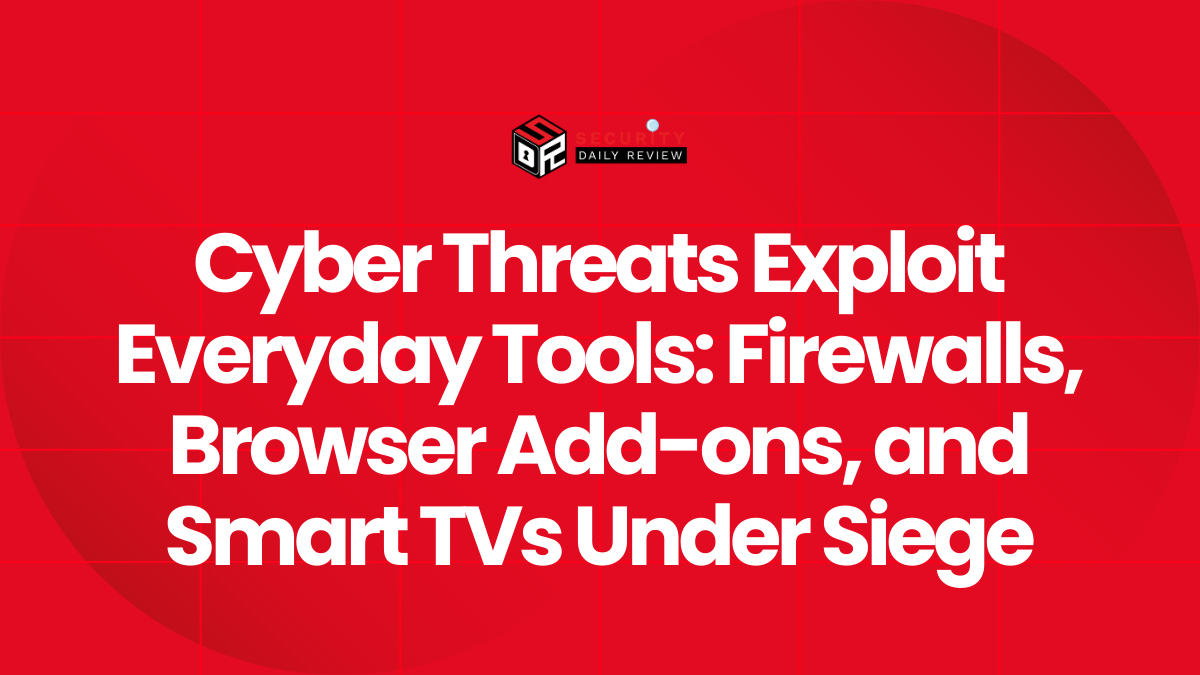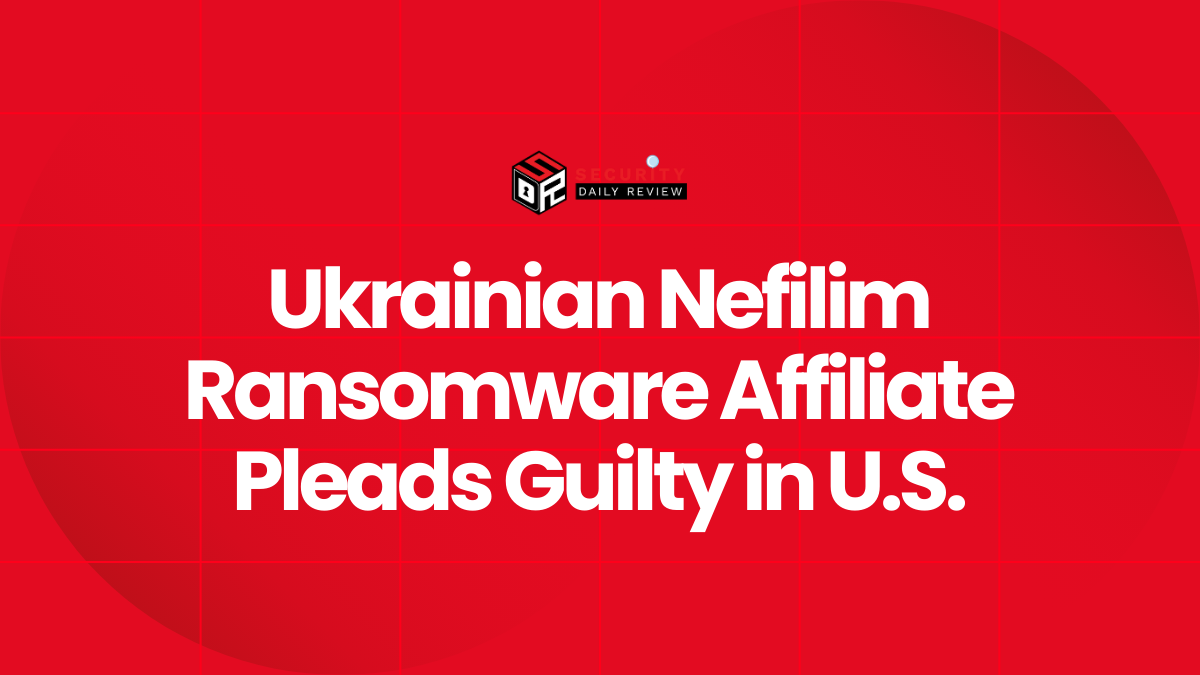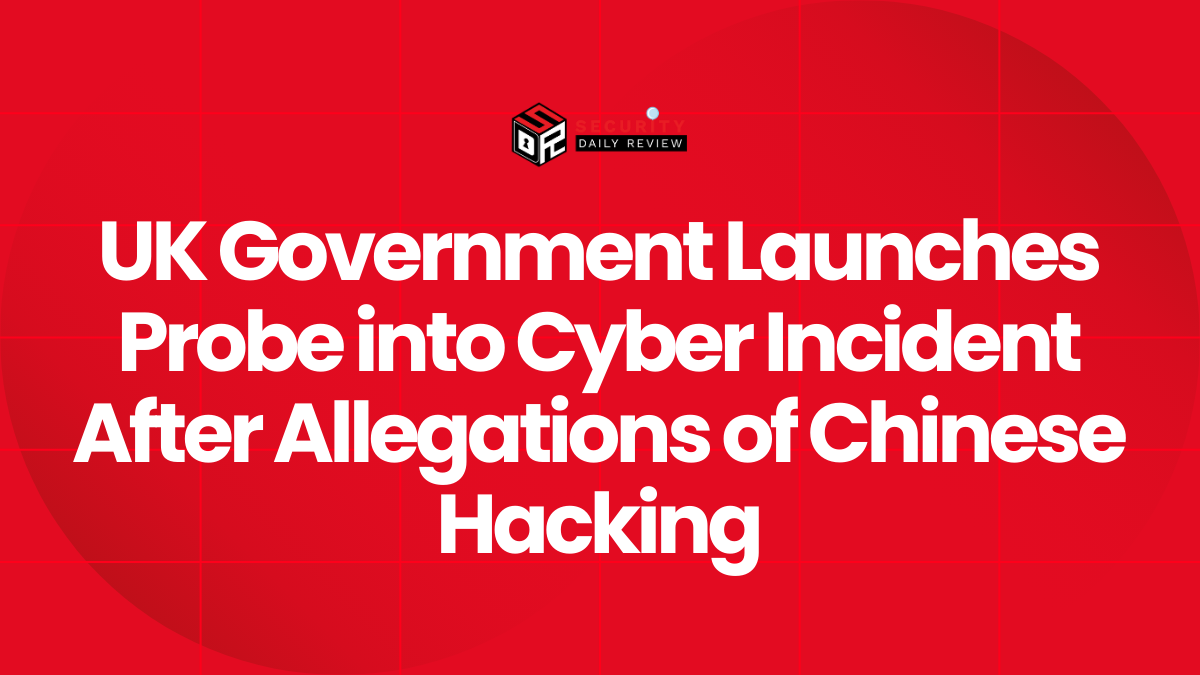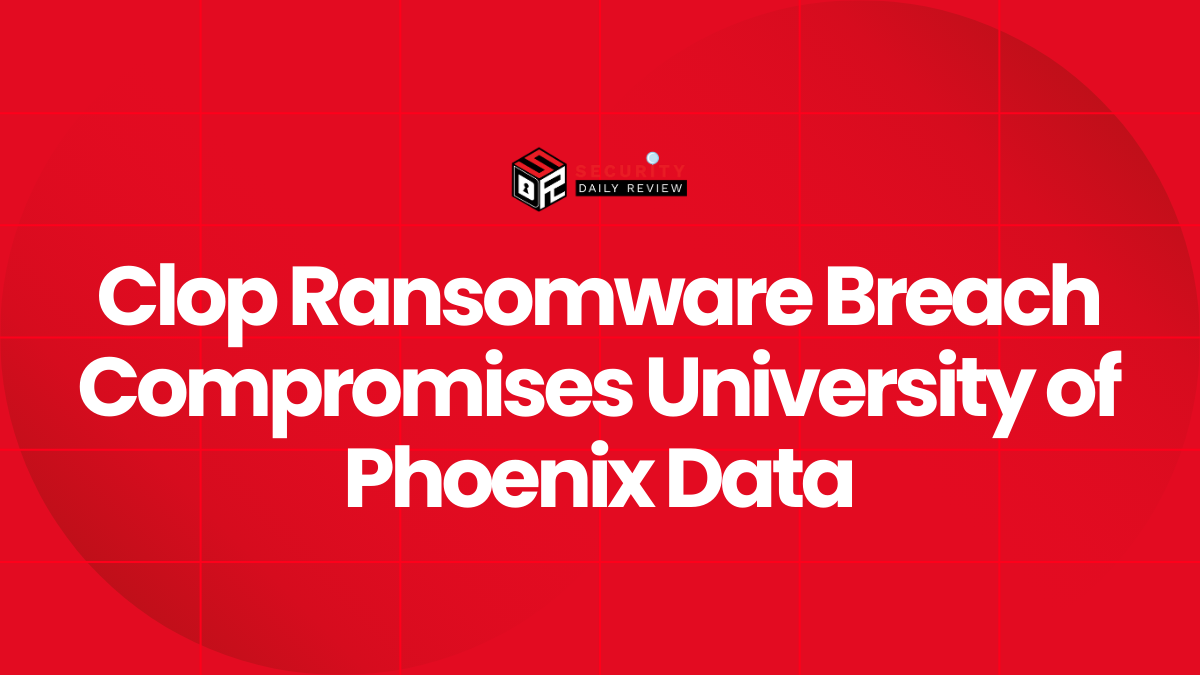In the past, launching a ransomware attack required significant technical skill, but today, it can be done with the ease of purchasing software online. Welcome to the age of Ransomware-as-a-Service (RaaS), where professional cybercriminals develop ready-to-deploy ransomware toolkits and lease them to affiliates for a share of the profits.
This evolution represents more than just a new threat—it marks the industrialization of cybercrime. RaaS platforms are now functioning like legitimate software businesses: offering technical support, user dashboards, documentation, subscription models, and performance analytics. This shift has turned cyberattacks into an accessible service model that allows even low-skilled criminals to wreak havoc.
Inside the RaaS Cybercrime Model
The RaaS cybercrime model is built on partnership and scalability. Here’s how it typically works:
- Developers create and maintain the ransomware code.
- Affiliates (aka operators) rent or subscribe to the malware.
- Initial Access Brokers (IABs) sell network access to the affiliates.
- Ransomware gangs offer technical assistance and profit-sharing agreements.
This division of labor enables faster, more efficient, and more targeted ransomware campaigns.
One reason for RaaS’s rapid growth is the ecosystem’s ability to support ransomware affiliate programs, which reward threat actors for successful infections. These programs are often hosted on dark web forums and use escrow services to manage affiliate payouts securely.
Emerging Ransomware Threats and Notorious Groups in 2025
In 2025, ransomware gangs have become more structured and aggressive. Prominent groups like Black Basta, ALPHV (BlackCat), and LockBit are offering advanced ransomware kits with features such as:
- Double extortion ransomware: Encrypts files and threatens to leak stolen data unless payment is made.
- Credential theft in ransomware: Uses keyloggers and infostealers to escalate privileges before deploying encryption payloads.
- Data exfiltration in ransomware: Sensitive files are quietly extracted before encryption to maximize leverage.
These features are routinely offered through dark web ransomware kits, allowing attackers to customize payloads and distribution methods.
Top Ransomware Threat Actors Using the RaaS Model (2025)
The Ransomware-as-a-Service (RaaS) ecosystem continues to expand, enabling both experienced and novice cybercriminals to launch high-impact attacks by leasing ready-made ransomware kits. Below are some of the most active and dangerous RaaS groups in 2024–2025, along with notable attacks on major organizations.
LockBit
- Model: RaaS
- Notable Victims: Boeing, City of Oakland, Royal Mail
- Tactics: Double extortion, data leaks, advanced evasion techniques
- Status: Resurging after law enforcement disruptions (Operation Cronos)
- Attack Vectors: Spear-phishing, VPN flaws, unpatched vulnerabilities
BlackCat (ALPHV)
- Model: RaaS with advanced customization for affiliates
- Notable Victims: MGM Resorts, Reddit, NCR
- Innovations: First ransomware group to file an SEC whistleblower complaint
- Tactics: Active Directory abuse, API exploitation, BYOVD (Bring Your Own Vulnerable Driver)
Scattered Spider (UNC3944)
- Model: Affiliate-style collaboration with ALPHV infrastructure
- Notable Victims: Caesars Entertainment, MGM Resorts, Okta
- Specialty: Social engineering, help desk impersonation, MFA bypass
- Focus: U.S.-based enterprises in telecom, gaming, and hospitality
Clop
- Model: RaaS specializing in mass exploit campaigns
- Notable Victims: MOVEit Transfer breach (affecting hundreds), Shell, BBC
- Specialty: Zero-day exploitation (MOVEit, GoAnywhere MFT)
- Impact: Massive data theft; often no encryption—pure extortion
8Base
- Model: Opportunistic RaaS
- Notable Victims: U.S. law firms, manufacturing and logistics companies
- Traits: Code reuse from RansomHouse and Phobos
- Tactics: Traditional double extortion, frequent use of older techniques
Royal Ransomware (now operating as BlackSuit)
- Model: Custom-built ransomware with growing RaaS characteristics
- Notable Victims: Dallas city government, healthcare institutions
- Tactics: Voice extortion, backup deletion, Cobalt Strike and PsExec abuse
- Evolution: Transitioning into a BlackSuit variant with new branding
RaaS Payload Distribution and Attack Lifecycle
Understanding the ransomware attack lifecycle is critical for enterprise defenses. Most RaaS operations follow a similar multi-stage model:
- Access Acquisition: Often via phishing emails, infected downloads, or through IABs.
- Credential Theft: Attackers harvest valid credentials to move laterally across systems.
- Payload Deployment: Using fileless malware or obfuscated binaries.
- Data Exfiltration: Before encryption, sensitive data is copied to attacker-controlled servers.
- Encryption & Extortion: Files are locked; ransom notes are displayed.
- Negotiation or Exposure: Victims are pressured via leak sites or public shaming.
Many RaaS affiliates are now leveraging RaaS and phishing campaigns as a preferred delivery method, making it harder to distinguish between spam and sophisticated attacks.
The Role of Insider Threats and Affiliate Expansion
Modern RaaS groups have even started leveraging insider threats in ransomware operations. Employees are sometimes bribed or coerced into granting internal access or deploying malware from within. This tactic is growing more common as enterprises improve perimeter defenses but still struggle with internal visibility.
RaaS platforms are also aggressively expanding through ransomware affiliate programs, offering tiered commissions, performance bonuses, and even “customer support” for first-time users.
What Enterprises Can Do: Prevention, Detection, and Recovery
Enterprise organizations cannot afford to treat ransomware as just another IT problem. It’s a business risk that can result in multimillion-dollar losses, reputational damage, and prolonged downtime. To fight back against Cybercrime-as-a-Service, companies must adopt a multi-layered defense strategy.
1. Harden Identity and Access
- Enforce strong MFA across all endpoints.
- Use behavioral analytics to detect anomalous access patterns.
- Regularly audit privileged accounts and remove unused credentials.
2. Strengthen Email and Endpoint Security
- Deploy advanced phishing protection with real-time URL scanning.
- Implement EDR solutions with ransomware detection tools capable of behavioral analysis.
3. Monitor and Detect Early
- Use SIEM/XDR tools to correlate unusual file access, lateral movement, and credential use.
- Monitor for ransomware delivery methods such as malicious macros, PowerShell abuse, and RDP brute-force attempts.
4. Back Up and Recover with Confidence
- Implement immutable, air-gapped backups.
- Regularly test backup recovery procedures.
- Store backups in multiple geographic locations.
Organizations seeking resilience must also consider integrated solutions like backup and recovery appliances that are purpose-built to withstand ransomware scenarios.
Conclusion
Preventing RaaS attacks requires a cultural shift—organizations must stop reacting and start anticipating. The threat landscape has professionalized, and so must your defenses.
Ransomware-as-a-Service (RaaS) is not just a technological menace—it’s a business model fueled by scale, speed, and specialization. Enterprises that fail to adapt will find themselves targeted not just once, but repeatedly, by affiliates who view unprotected infrastructure as an opportunity pipeline.
If your organization is evaluating how to strengthen defenses, consider a proactive approach that blends modern security controls with robust recovery capabilities. Because in the era of RaaS, the question isn’t whether you will be targeted—it’s whether you will be ready.




